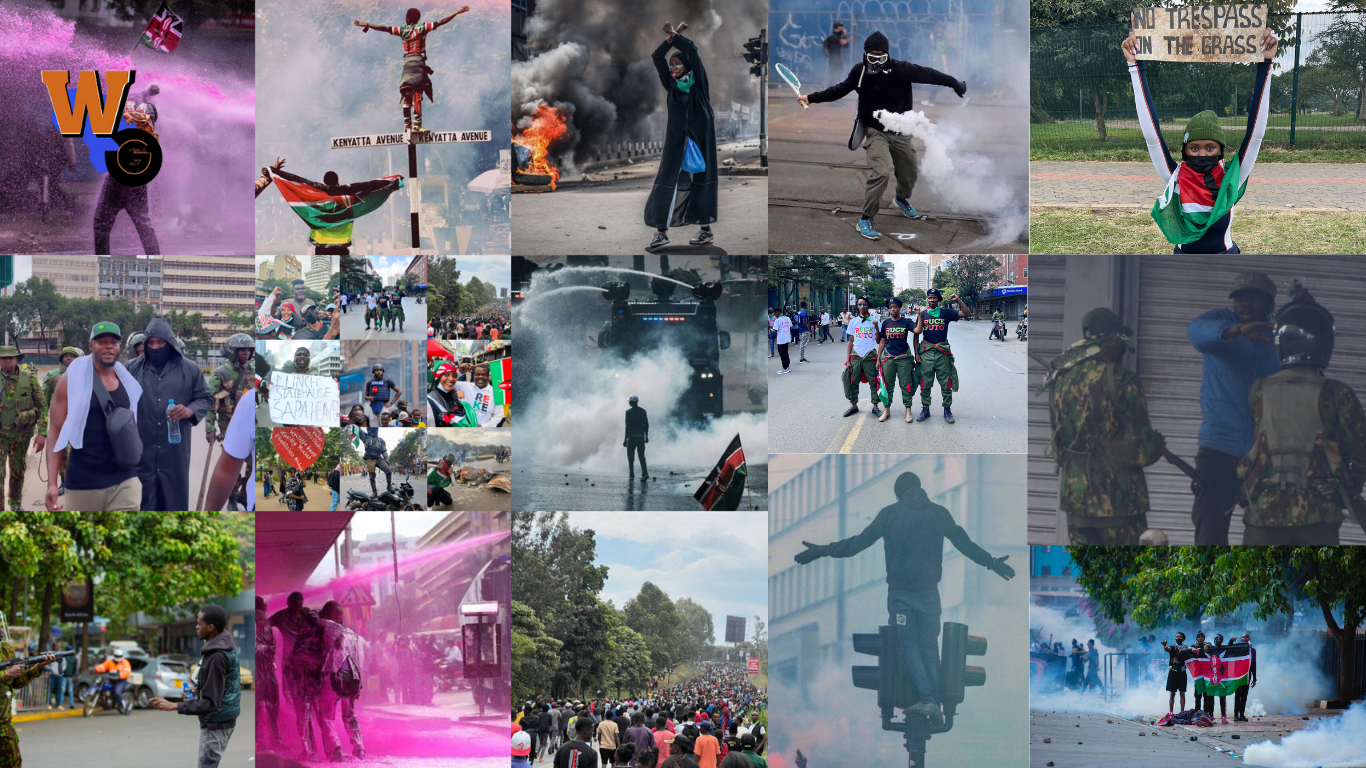Anarchy. It’s a word you might expect to hear in a post-apocalyptic anime or a dystopian novel. A word that conjures images of confusion, chaos, and a collapse of the systems we trust to keep order. But for Kenyans today, it feels less like fiction and more like everyday life — a dangerous simulation they never signed up for.
It’s hard to believe that just three years ago, there was a sense of collective hope as millions flocked to polling stations in the August 2022 general election. They cast their votes for William Samoei Ruto — the self-styled hustler who promised to champion the ordinary citizen. In him, many saw a leader who understood the daily struggles of the mama mboga in the market and the boda boda rider braving traffic to make ends meet. His Kenya Kwanza coalition carried promises of affordable housing, cheaper essentials, and a bold plan to break free from the debt trap that has strangled Kenya’s development for decades.
But politics, as Kenyans have learned time and again, is the art of selling dreams and delivering heartbreaks. Barely a year into his presidency, Ruto’s mask slipped. Ambitious policies turned into heavy burdens, with new taxes introduced under the guise of economic revival. Electricity tariffs soared, fuel prices broke records, and the cost of everyday staples spiraled out of reach for the very hustlers he claimed to represent.
Kenyans, ever resourceful and patient, tightened their belts — until there was nothing left to tighten. It was then that Raila Odinga, the opposition leader who has spent decades at the center of Kenya’s push for democracy, stepped in. He called for maandamano — mass action to protest the punitive 2023 Finance Bill and the ballooning cost of living. It was a word that quickly became part of the national vocabulary again: maandamano. To some, it meant reclaiming power from a deaf regime. To others, it was a desperate cry for survival.
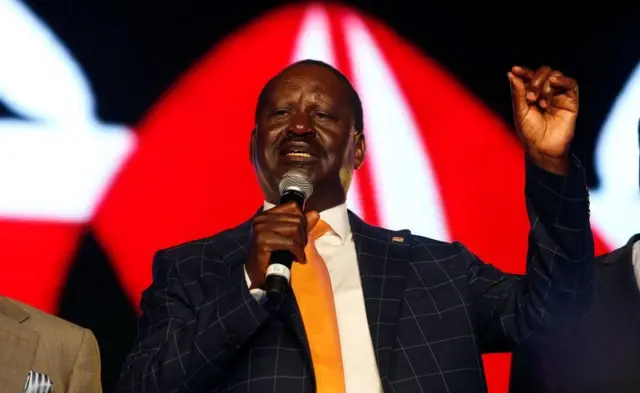
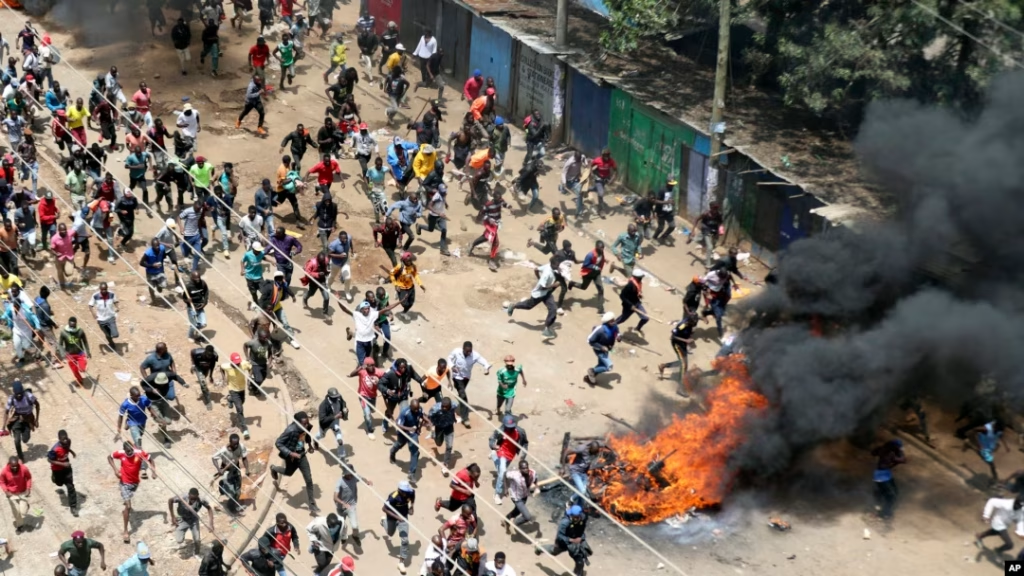
But the hope that Raila would stand shoulder-to-shoulder with the people evaporated when he canceled the protests at the eleventh hour, citing back-channel for negotiations. By then, the masses were already on the streets, their frustrations bottled up for too long. Nairobi and other major towns descended into chaos. Property was destroyed, clashes erupted, and the price was blood — 33 dead, countless injured, families left to mourn children who never came home.
While the streets quieted in the days that followed, the rage didn’t die. If anything, it evolved. June marked a dark month for Kenyans as more citizens came into terms with the 2023/2024 finance bill. Despite the public outcry on the high cost of living, the Executive refused to look over the finance bill and insisted on passing it. This created a sense of urgency for Kenyans to be heard. Online civic education began as a way to spread the information to the public. This created a butterfly effect where the citizens went to the streets demonstrating. The protests, which began as a peaceful way for citizens to speak up, turned chaotic after goons and plain-clothes police men infiltrated the crowds, resulting in numerous deaths.
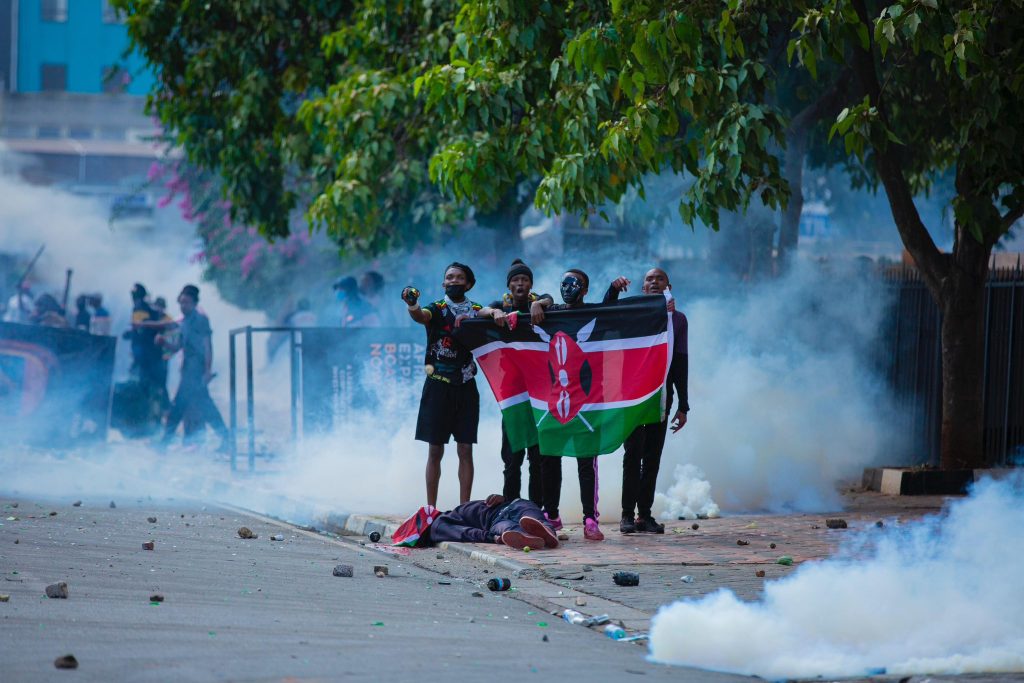
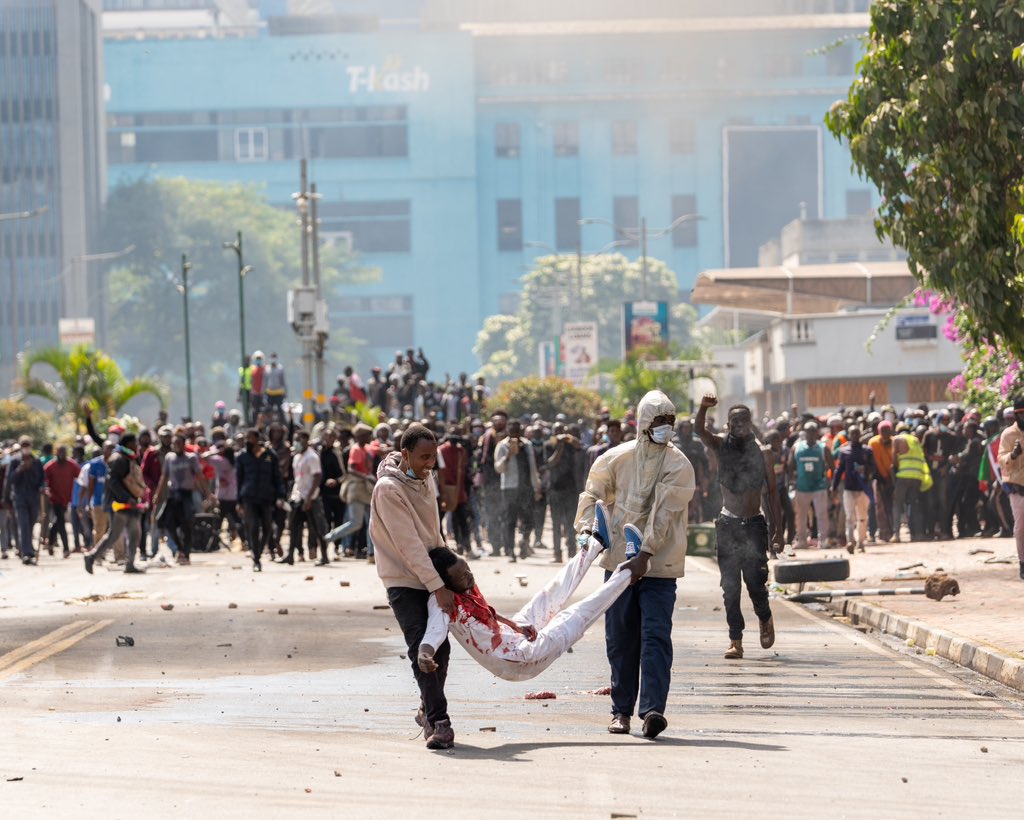
25th June 2024 served as a reminder that rogue men still run the country. The government took the citizens’ cases lightly dubbing the protesters as spoilt kids who were protesting while eating KFC.The lessons of 2024 hardened a generation that had long placed their trust in political kingpins. Instead of looking to career politicians, young Kenyans turned to each other — mobilizing not from the steps of Parliament but from the screens of their smartphones.
By June 2025, disillusionment had morphed into defiance. Another wave of protests surged, this time without the blessing of any one political party. On TikTok, X (formerly Twitter), and Instagram, young Kenyans documented each step: the handmade placards, the crowds gathering in defiance of intimidation, the songs of unity that rose above the hiss of tear gas canisters.
This new generation of protesters had no single leader to betray them. Their demands were clear: scrap the excessive taxes, tackle the corruption that continues to bleed the country dry, and end the brutal police crackdowns that have claimed far too many lives. But even more troubling for the authorities was how quickly this decentralized movement gained momentum — and how, at first, the media gave them a platform. At the same time, the protests served to honor and remember the 63 lives lost during last year’s demonstrations.
Then came the blackout
When NTV, one of Kenya’s largest private broadcasters, aired uncensored footage of the protests — police firing at unarmed youth, mothers shielding their children, medics overwhelmed by the injured — it struck a nerve. Within hours, the government wielded its power like a hammer, yanking NTV off the air. No warning, no explanation, just an ominous message about “national security.” For older Kenyans who lived through the days of the KANU regime’s iron-fisted rule, it was a chilling déjà vu. Back then, journalists risked jail — or worse — for daring to broadcast the truth. Many thought those days were gone. But history, it seems, is never truly behind us.
The shutdown of NTV wasn’t just an attack on a single media house; it was a signal to every Kenyan that dissent would not be tolerated, that the freedom to know, question, and speak could be turned off like a faulty switch. Yet, ironically, the move only amplified the message. Citizen journalists, armed with smartphones, drones, and sheer courage, live-streamed the very images the government tried to hide. Screens across the nation filled with clips of police dragging teenagers from protests, ambulances stuck in the chaos, the raw grief of parents who lost their children to bullets meant to silence them.
It’s said that when the press is silenced, the people become the press. And that is exactly what is happening. With every video uploaded, every tweet shared, the Kenyan youth are reclaiming the narrative from those who would rather keep them in the dark.
So here we are — a country once hailed as East Africa’s democratic success story, teetering on the edge of state-sponsored anarchy. An elected leadership that rules with taxes and threats; an opposition that waffles between action and abandonment; a media that faces the threat of closure for doing its job; and citizens who must now choose whether to be spectators or the authors of the next chapter.
In anime, anarchy often births heroes who rise from the rubble. In Kenya, the seeds of such heroism are already taking root in the streets, online, and in whispered conversations around dinner tables. Because while governments can shut down stations, they cannot yet shut down the minds of a people who have seen the truth for themselves.
One year on from the original maandamano, Kenyans have learned that real change doesn’t come from waiting for saviors. It comes from the roar of feet on tarmac, the glare of a phone camera held steady in the face of riot shields, and the collective refusal to accept life as a permanent simulation of anarchy.
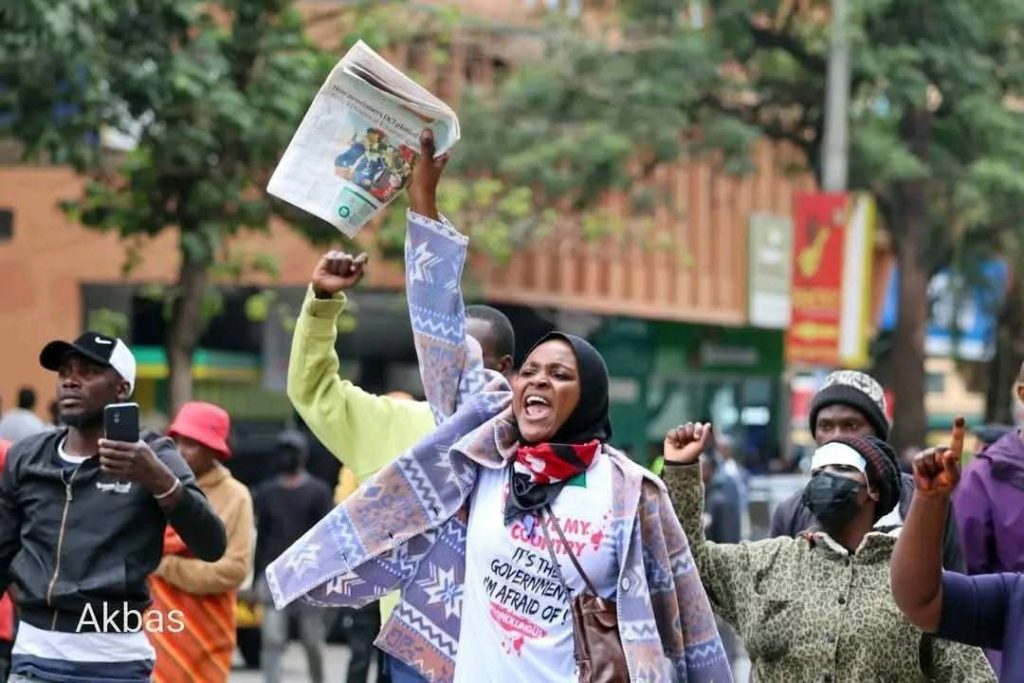
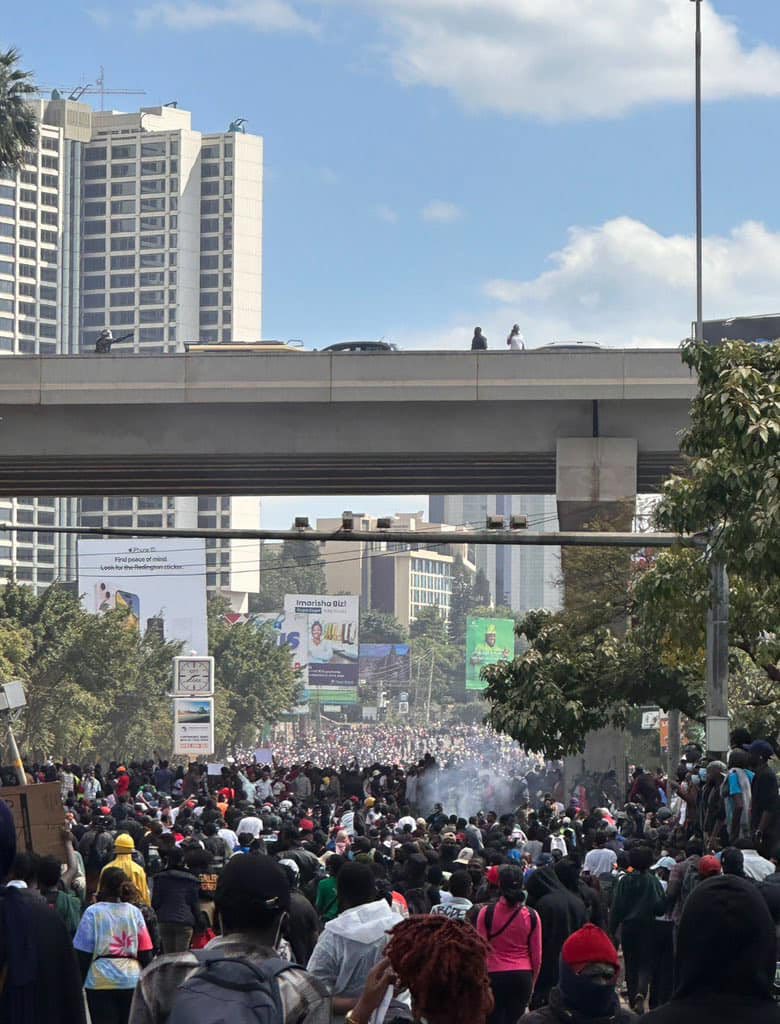
The question now is not whether Kenyans will stand up again — they already have. The real question is: who will stand with them?
All photos shared are courtesy of their respective photographers and rights holders.

